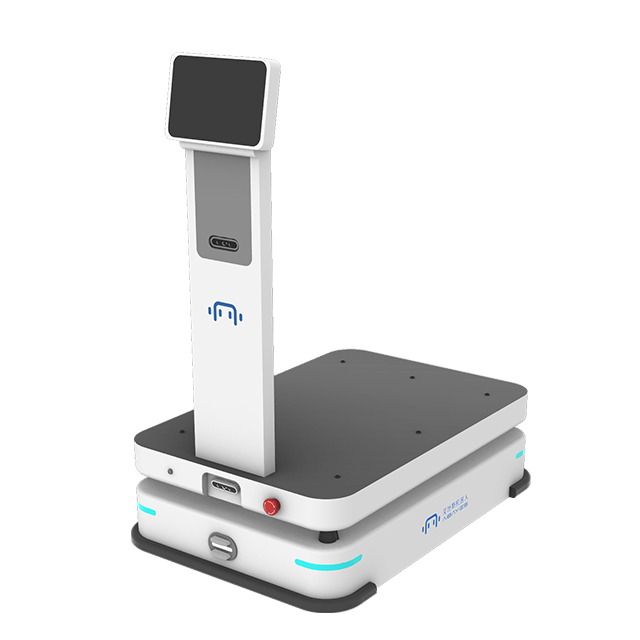In recent years, the integration of robotics and automation into various industries has reshaped the way we think about production processes. One notable advancement is the introduction of logistics AMRs, which are gradually taking over the task of manual material handling. This shift comes with numerous benefits that enhance efficiency, safety, and overall productivity in manufacturing environments. However, as we embrace this technological progress, we must also consider the lingering question: Can robots truly replace human labor entirely?
The advantages of employing logistics AMRs are abundant. First and foremost, these robots excel in repetitive and physically demanding tasks. Unlike human workers, they do not tire, ensuring consistent automated delivery throughout their operational hours. This consistency translates into increased production rates and reduced downtime, ultimately leading to higher output levels.
(The logistics AMR named FLASH that could be used to handling.)
Moreover, the use of robots in loading and unloading significantly reduces the risk of workplace injuries. Manual labor often exposes workers to strenuous activities that can lead to musculoskeletal disorders or accidents. By delegating these tasks to robots, manufacturers create a safer work environment and allocate human resources to more intellectually stimulating and strategic roles.
These transportation robots also contribute to enhanced precision. These machines are equipped with advanced sensors and control systems that enable them to navigate through complex factory layouts, avoiding obstacles and potential hazards. This precision minimizes the risk of damage to both products and infrastructure, ultimately resulting in cost savings for companies.
(The forklift robot named HULK that could be used to transportation.)
However, as we witness the rise of factory automation, we must address the question of whether robots can completely replace human labor. While robots excel in repetitive and predefined tasks, they lack the inherent flexibility, creativity, and adaptability that humans possess. Complex decision-making, problem-solving, and tasks that require nuanced human interaction remain areas where robots may struggle to replicate the same level of proficiency.
Furthermore, there is a concern about the potential job displacement caused by the widespread adoption of logistics AMRs. While automation can lead to increased efficiency and productivity, it also raises questions about the impact on the workforce. As jobs traditionally performed by humans are taken over by robots, industries need to proactively address reskilling and upskilling programs to ensure that workers can transition into roles that require more cognitive and strategic abilities.
In conclusion, the incorporation of logistics AMRs offers undeniable benefits to manufacturing processes. Enhanced efficiency, improved safety, and higher precision are just a few of the advantages that come with this technological advancement. Nevertheless, the journey towards full automation is a complex one. As we embrace the potential of robots to take over manual labor tasks, we must remain mindful of the unique capabilities that humans bring to the table, particularly in terms of adaptability, creativity, and complex decision-making. Balancing the benefits of automation with the preservation of human roles will be crucial as we navigate this transformative phase in industrial evolution.
If you would like to learn more about our robotic products and solutions, please feel free to leave a message or call us for consultation. Email is global@bysbot.com. Also, you can add our WhatsApp +86 181 1289 9721.








